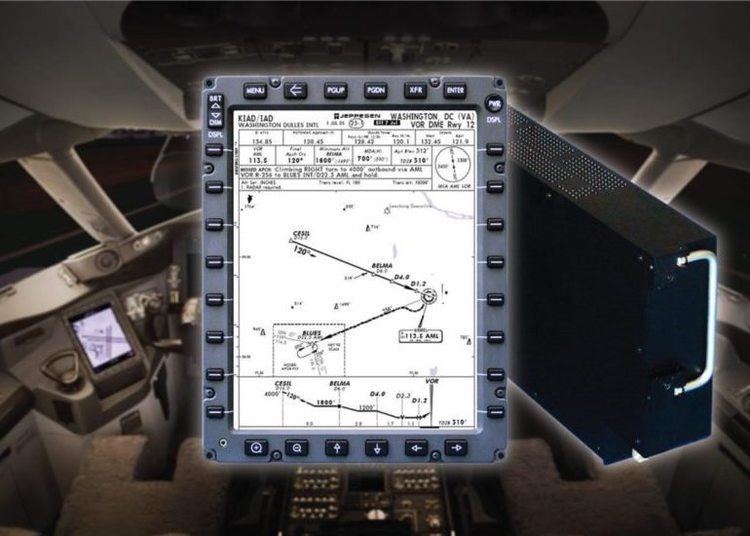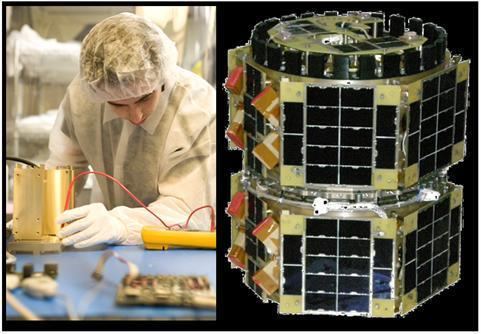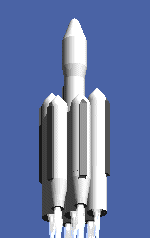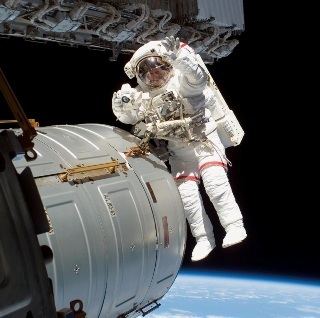 | ||
Explore uw engineering aeronautics astronautics
Astronautics (alternatively also cosmonautics) is the theory and practice of navigation beyond Earth's atmosphere.
Contents
- Explore uw engineering aeronautics astronautics
- The transient universe professor carolin crawford
- History
- Subdisciplines
- Related fields of study
- References
The term astronautics (originally astronautique in French) was coined in the 1920s by J.H.Rosny, president of the Goncourt academy, in analogy with aeronautics. Because there is a degree of technical overlap between the two fields, the term aerospace is often used to describe both at once. In 1930, Robert Esnault-Pelterie publishes the first book on the new research field.

As with aeronautics, the restrictions of mass, temperatures, and external forces require that applications in space survive extreme conditions: high-grade vacuum, the radiation bombardment of interplanetary space and the magnetic belts of low Earth orbit. Space launch vehicles must withstand titanic forces, while satellites can experience huge variations in temperature in very brief periods. Extreme constraints on mass cause astronautical engineers to face the constant need to save mass in the design in order to maximize the actual payload that reaches orbit.
The transient universe professor carolin crawford
History

The early history of astronautics is theoretical: the fundamental mathematics of space travel was established by Isaac Newton in his 1687 treatise Philosophiae Naturalis Principia Mathematica. Other mathematicians, such as Swiss Leonhard Euler and Franco-Italian Joseph Louis Lagrange also made essential contributions in the 18th and 19th centuries. In spite of this, astronautics did not become a practical discipline until the mid-20th century. On the other hand, the question of spaceflight puzzled the literary imaginations of such figures as Jules Verne and H. G. Wells. At the beginning of the 20th century, Russian cosmist Konstantin Tsiolkovsky derived the famous rocket equation, the governing equation for a rocket-based propulsion, enabling computation of the final velocity of a rocket from the mass of spacecraft (

In fact this equation was derived earlier by William Moore, a British mathematician who worked at the Royal Military Academy at Woolwich. For more information on the mathematical basis of space travel, see Orbital mechanics.
By the early 1920s, American Robert Goddard was developing liquid-propellant rockets, which would in a few brief decades become a critical component in the designs of such famous rockets as the V-2 and Saturn V.
Subdisciplines
Although many regard astronautics itself as a rather specialized subject, engineers and scientists working in this area must be knowledgeable in many distinct fields.
